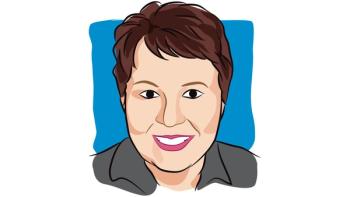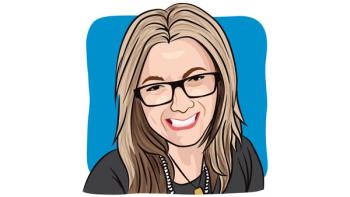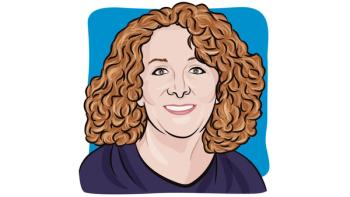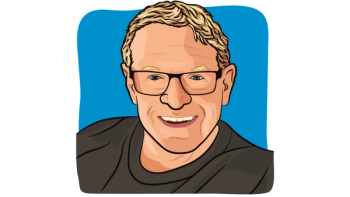
- CURE Summer 2025
- Volume 24
- Issue 02
Meaningful Changes to Reduce Environmental Toxicities
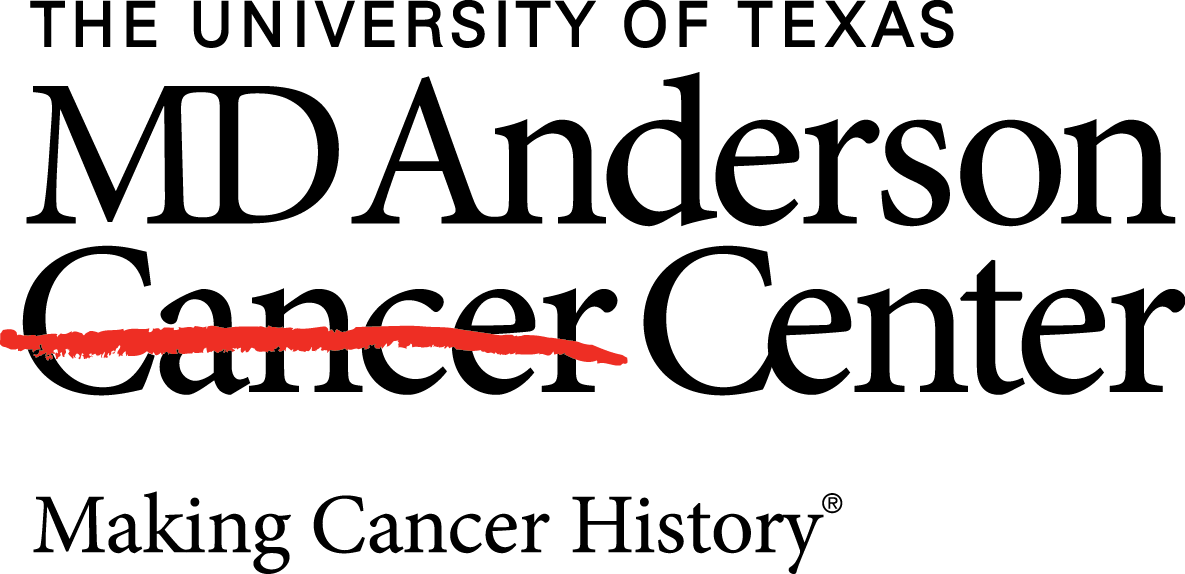
Key Takeaways
- Reducing exposure to harmful chemicals is vital during cancer therapy to maintain strength and minimize risks.
- Everyday products may contain chemicals that disrupt hormonal balance, linked to certain cancers.
Dr. Lorenzo Cohen and Alison Jefferies discuss small yet meaningful changes that patients can make to their home environment to foster a sense of wellness.
When your body is going through something as difficult as cancer therapy, it becomes increasingly important to keep it as strong as possible throughout treatment, according to Dr. Lorenzo Cohen and Alison Jefferies, M.Ed., co-authors of the book “Anticancer Living: Transform Your Life and Health with the Mix of Six.”
In turn, this amplifies the importance of recognizing the average person’s exposure to harmful chemicals and substances through everyday products. However, the pair go on to say that there are ways that patients can lower their exposure to these harmful chemicals through small, yet meaningful changes.
“We live in a world that’s awash with different chemicals — everything that we can be exposed to through the air, through water and, of course, through things that we put on or in our bodies.” explained Cohen, who works at The University of Texas MD Anderson Cancer Center, in Houston, and is a member of the CURE advisory board.
Cohen continued by saying: "These chemicals modify how our endocrine system works, how our hormones function, and many cancers — prostate, breast, ovarian, endometrial — are linked to hormonal imbalances. Doing whatever we can to clean up what we can control is critically important, especially when the body is already carrying the burden of cancer or cancer treatment."
Jefferies emphasized that knowing and understanding your environment is the first step to making informed, proactive steps to living a healthier life during treatment. That said, it is important to recognize that not every product sold in stores is automatically safe just because it is on shelves. This shines a light on the precautionary principle, which encompasses avoiding unvetted products unless you know they are safe. This can help patients be more aware of what they breathe, apply, and consume at home, controlling their exposure.
Jefferies explains, “You do have a lot of control \[of] what you put in your body, what you put on your body, and in your own home, what you breathe in. We do have a lot of different ways that we can reduce the burden on our bodies, and when we have a cancer diagnosis, we really want to reduce the burden that our body carries of things that are not health sustaining.
"If we’re in treatment, we want all our body’s energy to go toward being successful in receiving that [treatment], in healing and getting better. Reducing the burden of chemicals that your body carries is a great place to start.”
There are also more exciting ways to ensure that you are reacting in a precautionary to your surroundings, Cohen said, referencing the impact that house plants have on the environment.
Overall, there are just a few steps that can be taken to help patients with cancer make more informed choices in reducing the toxic burden they may face, in order to help their body be as strong as possible while undergoing cancer treatment.
“Don’t get overwhelmed by this area. It’s the smallest of steps that lead to big changes. [You can] think [about this] in three ways: what you inhale, what you ingest and what you absorb. Start slow and harness your community to help support you make these changes,” Cohen and Jefferies conclude.
For more news on cancer updates, research and education, don’t forget to
Articles in this issue
5 months ago
Empowering the Immune System5 months ago
A New Frontier in Melanoma Treatment
